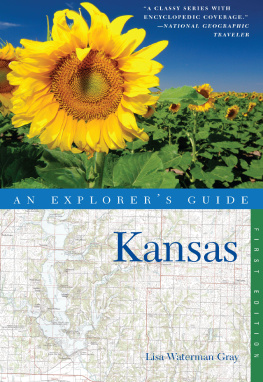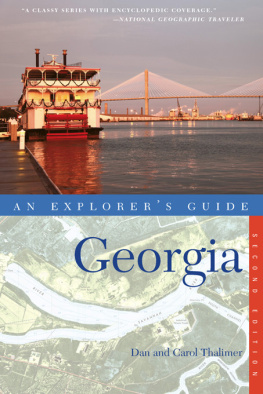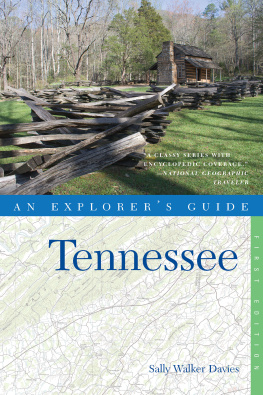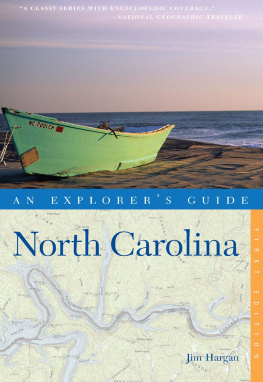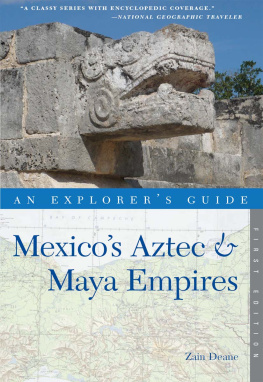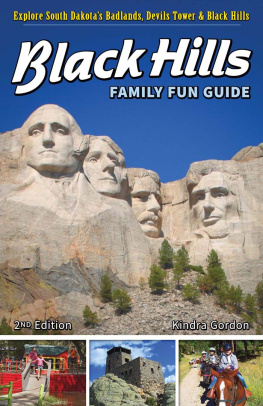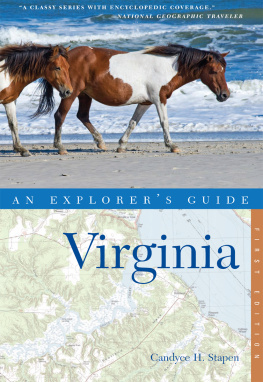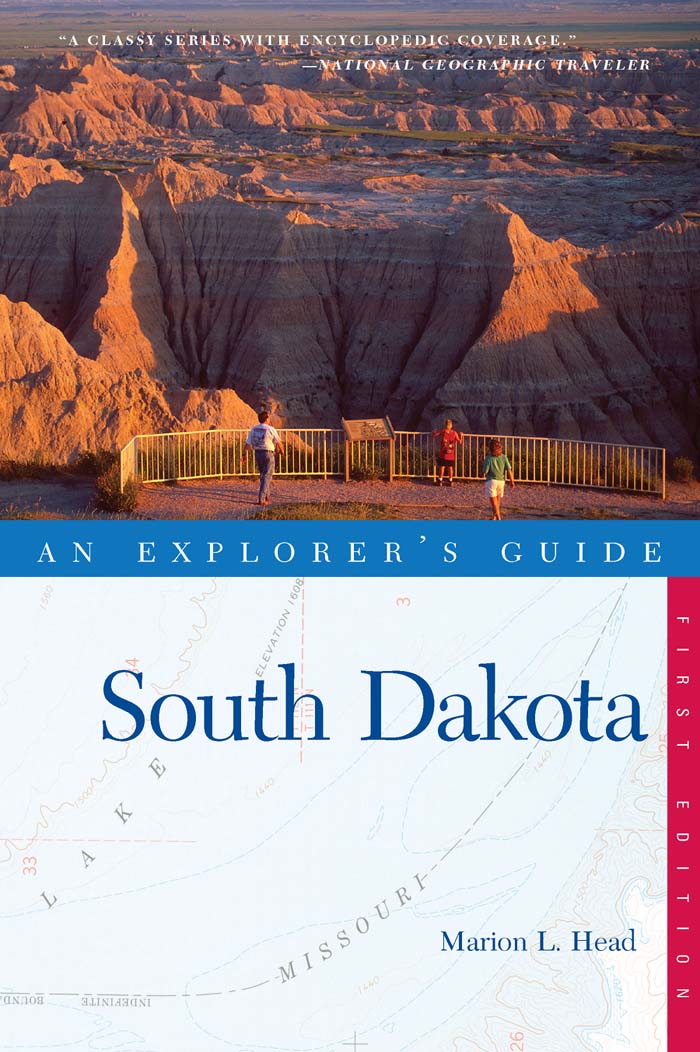AN EXPLORERS GUIDE
South Dakota

Copyright 2009 by Marion L. Head
First Edition
All rights reserved. No part of this book may be reproduced in any way by electronic or mechanical means, including information storage and retrieval systems, without permission in writing from the publisher, except by a reviewer, who may quote brief passages.
ISBN 978-0-88150-838-3
Cover photo courtesy of South Dakota Tourism
All interior photos by the author unless otherwise noted.
Book design by Bodenweber Design
Page composition by PerfecType, Nashville, TN
Maps by Mapping Specialists Ltd., Madison, WI 2009 The Countryman Press
Published by The Countryman Press, P.O. Box 748, Woodstock, Vermont 05091
Distributed by W. W. Norton & Company, Inc., 500 Fifth Avenue, New York, NY 10110
Printed in the United States of America
10 9 8 7 6 5 4 3 2 1
EXPLORE WITH US!
Welcome to An Explorers Guide: South Dakota. If youve never been to South Dakota and are contemplating a visit, you are in for a treat. If you are a long time visitor, this guide will help you find new places to go and things to see. South Dakota is a diverse state full of history and natural beauty waiting to be explored, as well as great towns and cities with fun attractions for the whole family. All listings in this guide have been included based on interest and merit; no payment was accepted for inclusion.
WHATS WHERE
This alphabetical section includes important information for quick reference and particular highlights. Since South Dakota is made up of many small towns there is a section at the end of each city called Nearby. This highlights some of the activities and events in nearby small towns.
LODGING
South Dakota has a variety of motels, B&Bs, cabins, ranches, campgrounds, and RV parks. Some are part of the state park system, which is a great choice as South Dakota state parks offer great camping and other activities like swimming, hiking, and boating. Some camping choices are on federal land, mostly in the Black Hills National Forest. I have not reviewed chain motels and hotels but often they are the best choice in small towns or along the interstates. In those cases I have included the phone number. Rates for reviewed lodging are based on double occupancy and are for the summer season. Tax is not included but varies widely as most every town has its own bed and booze tax, on top of the state tax. Innkeepers and owners were not charged for inclusion in this guide.
RESTAURANTS
Please note the distinction between Eating Out and Dining Out. Eating Out is more the norm in South Dakota and implies the restaurant is less expensive and less formal. There is Dining Out, or more formal dining, in South Dakotas larger cities, but even then casual attire is perfectly acceptable.
KEY TO SYMBOLS

| The blue ribbon appears next to attractions, restaurants, or lodgings that are a special value. |

| The crayon appears next to attractions, restaurants, or lodgings that are particularly kid and family friendly. |

| In South Dakota when it rains in the summer, it often pours. Fortunately it seldom lasts long. The umbrella signifies good rainy day activities. |

| The wheelchair symbol means the restaurant or lodging is wheelchair accessible. |

| The summer is the South Dakota tourist season but there are many fall and winter activities, especially for hunters, skiers, and snowmobilers. The snowflake indicates activities outside of the traditional Memorial Day to Labor Day season. |
We welcome any comments or corrections on this guide.
Please address correspondence to Explorer Guide Editor, The Countryman Press, P.O. Box 748, Woodstock, VT 05091, or email countrymanpress@wwnorton.com.
ACKNOWLEDGMENTS
First and foremost I would like to thank the South Dakota Office of Tourism for their ongoing support of this project, in particular Wanda Goodman. Also, thanks to the various chambers of commerce and visitors bureaus I was in touch withtrue professionals all, and people who really appreciate what South Dakota has to offer.
Many friends helped me with research and I couldnt have done it without them. Thanks go to: Pat Briesmeister, Shauna Hayes, Jill Heintzman, Michela Meredith, Jackie Newell, Sue Skovran, Melinda Sterling, Val Todd, and Mike, Nancy, and David Williams.
Love to my big sister, Ellen Sloyer, who has always believed in her little sister; and mostly I want to thank my partner, Denise Roth, for her unabashed enthusiasm for everything I attempt. Everyone should be so lucky.

CONTENTS
INTRODUCTION
South Dakota is really two states. The residents refer to it as East River and West River, which simply means the two sides of the state, divided by the Missouri River. It is not just a geographical distinction, however, eastern and western South Dakota really are quite different.
In the east, youll find the prairie, where farming is a way of life. In the west, youll find the Badlands and Black Hills, known for mining, ranching, and tourism. The differences are as clear as John Deere ball caps versus cowboy hats and bib overalls versus Wrangler jeans.
Historically speaking, when South and North Dakota were still united as the Dakota Territory and trying to become states, many thought the Missouri River made a natural divider and the territory should become East and West Dakota. It was only when the Dakota Territory capital of Yankton was changed to Bismarck, farther north, that the South decided they had endured enough and asked Congress to declare them a separate state. In 1889 the South got their wish, and became the 40th state in the Union.
THROUGHOUT SOUTH DAKOTA LOOK FOR HISTORIC MARKERS THAT GIVE MORE INFORMATION ABOUT THE STATES HISTORY.

Variety is part of what makes South Dakota such an interesting place to visit. If you have never experienced a horizon that seems to stretch to infinity, then you have not experienced the American plains. Its easy to see what attracted farmers to this treeless grassland and just as easy to see why it drove some of them to madness: so much space, so few people.
Travel over the Missouri and you experience one of Americas great rivers. The longest tributary of the Mississippi River, the Big Muddy travels from its source in Southwest Montana to where it enters the Mississippi near St. Louis, Missouri. It was the main waterway for Lewis and Clark on their Voyage of Discovery two hundred years ago as they followed it from St. Louis to the headwaters. The Missouri River is now largely tamed with six dams and man-made channels, but it is still a spectacular waterway and home to 160 species of wildlife and 150 species of fish.



